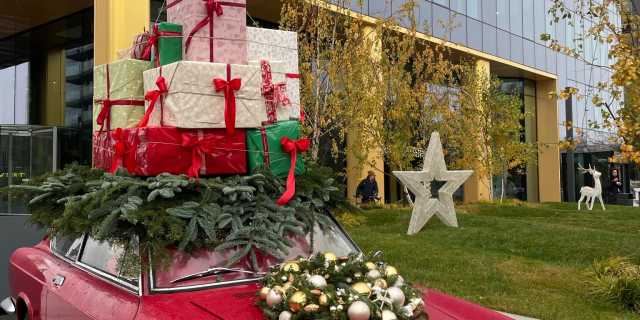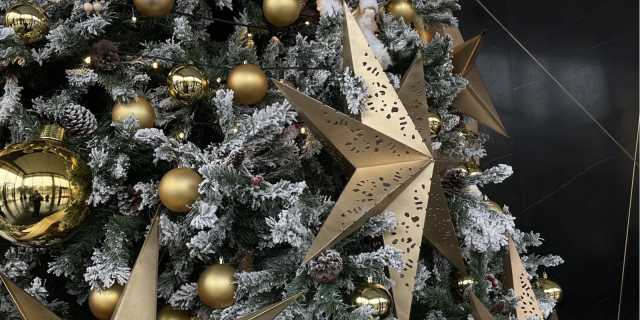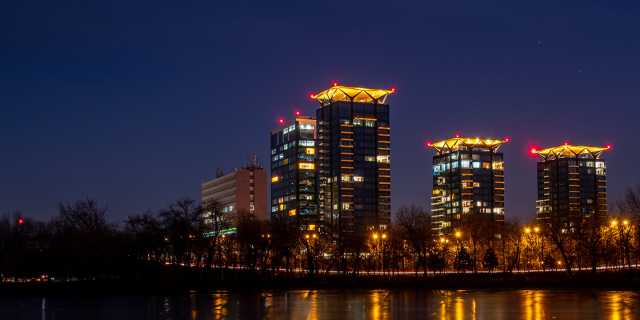Neoclassicism
Best described by terms such as simplicity, symmetry, and sobriety, the neoclassical architectural style is dominated by influences from the classical architecture of ancient Greece and Rome. A defining element of it is the column (Ionic, Doric, and Corinthian), being easily recognizable even by non-specialized viewers. In Bucharest, a representative building of this style (and which also combines elements of the eclectic style) is the Romanian Athenaeum, designed by Paul Louis Albert Galeron and inaugurated in 1888. Another famous monument belonging to the neoclassical style is the Post Office Palace, with its Doric columns, completed in 1900 and which currently houses the National History Museum of Romania.
Neo-Romanian style
The pioneer of the neo-Romanian style, often also called neo-Brancovean, is the architect Ion Mincu, the trend being taken over by other big names such as Ion N. Socolescu, Grigore Cerchez, and Petre Antonescu. The neo-Romanian architecture contains reinterpreted elements of the Brancovean style, from the traditional sphere, richly ornamented with decorations, colors, sculptures of the pillars used in houses with a porch – another key element, and more. In Bucharest, representatives of this style are the Lahovari House, the Central School, and the Doina House, known in the past as the Road Buffet (Ion Mincu), the Soare House (Petre Antonescu), the Popular Art Museum "Prof. Dr. Nicolae Minovici" or Villa with Bells, as it is also called (Cristofi Cerchez), and the Museum of the Romanian Peasant (Nicolae Ghicha-Budești). As for the Brancovean style, one of the most beautiful monuments of the city that reflects it is the Stavropoleos church, which doesn’t bear the signature of a famous architect (although Ion Mincu made improvements), but of a priest – Ioanichie Stratonikea.
Eclecticism
The eclectic style represents an amalgam of influences from other architectural styles, rendering a flexible and complex vision. One of the ways in which the adherents of eclecticism integrated it into their plans was to modify the sketches of already-built projects by adding modern materials and techniques. Among the monumental buildings în Bucharest that belong to eclecticism or contain elements of this style are the National Bank Palace, which opened its doors in 1885, designed by the architects Cassien Bernard and Albert Galleron, and the CEC Palace, inaugurated in 1900 after it was created by the architect Paul Gottereau.
Beaux-Arts
In the Beaux-Arts we find sculptures, arched windows and doors, symmetrical lines, mosaics, bas-reliefs and murals, cornices, decorations resting on consoles, and other elements. A representative building in the city, in which we find not only Beaux-Arts elements but also a series of rooms furnished in neo-rococo style, is the Cantacuziono Palace, a project by the architect Ion D. Berindey which today houses the George Enescu Museum. Another building belonging to the style, designed by the same architect, is the "Admiral Vasile Urseanu" Astronomical Observatory.
Art Nouveau
In this architectural style, asymmetric or curved shapes and impact elements such as mosaic and stained glass are often found, and some of the materials used are glass and wrought iron. Examples of Bucharest buildings in which elements of this current can be found are Casa Macca, designed by John-Elisee Berthet, and Casa Artelor Dinu Lipatti, one of the early works of the architect Petre Antonescu.
The new architectural styles
Architectural styles that have gained momentum in recent decades include Bauhaus, Modernism, Postmodernism, and Futurist architecture. We find, within them, with some variations, straight lines, an emphasis on space and functionality, the integration of sustainable materials, the use of glass, steel, and concrete, and the emphasis on functional designs. Among Bucharest buildings with contemporary architecture, a representative construction, spread over an area of 1,200 square meters, is the Museum of Contemporary Art, the first private art museum inaugurated in Romania in the last century. We can list as well the developments from the One United Properties portfolio, in which we meet, together, sustainability, technology, and a premium design, but also the malls that fill the city, along with numerous other residential and office buildings.
Data for this article was obtained from fundatiacaleavictoriei.ro, casaartelordinulipatti.ro, mare.ro and wikipedia.org. Photo credit: Mihai Petre.
More on our blog
- One Insider
- Real estate: past, present and future
- Layout and style
- Real estate education
- Free time in Bucharest
- Tourist attractions in Bucharest
- The neighborhoods of Bucharest
Read also






